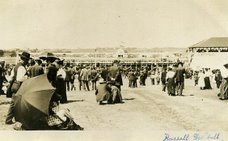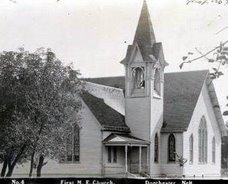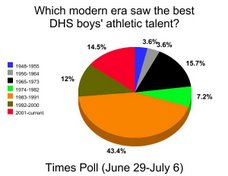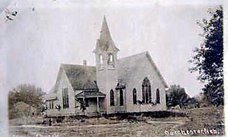 A new study from UNMC and Nebraska Medicine looks at patterns of transmission in COVID-19. It finds widespread environmental contamination in COVID-19 patient care areas, with the virus present on commonly used surfaces, in the air of rooms, and in hallways outside of rooms.
A new study from UNMC and Nebraska Medicine looks at patterns of transmission in COVID-19. It finds widespread environmental contamination in COVID-19 patient care areas, with the virus present on commonly used surfaces, in the air of rooms, and in hallways outside of rooms."We are being very careful in the care of patients with COVID-19 or patients suspected to have COVID-19, and the study doesn't change very much in the precautions that people should take," said Mark Rupp, M.D., chief of the UNMC Division of Infectious Diseases.
"It doesn't appear to spread like classic, airborne-spread viruses," he said. "We don't have evidence at this point that COVID-19 would spread in such a fashion, so we need to continue to emphasize the known methods of transmission and the ways to combat such transmission. We are caring for patients known or suspected to have COVID-19 with special precautions, and we recently introduced universal mask use for all personnel in patient care areas. "
John Lowe, Ph.D., co-author of the study, said the genetic material from the virus was found throughout the environment on what the team refers to as high-touch surfaces or surfaces of interest -- toilets, cell phones, personal items, countertops, doorknobs.
"We also did identify a number of samples that detected the virus genes in the air, which confirmed for us the value in prioritizing respiratory protection when possible and prioritizing negative-pressure environments to provide direct patient care to these individuals."
For a map showing the number of COVID-19 cases by Nebraska county, click here.


















































No comments:
Post a Comment
Village Dweller checks all reader comments to determine if they are appropriate for print.